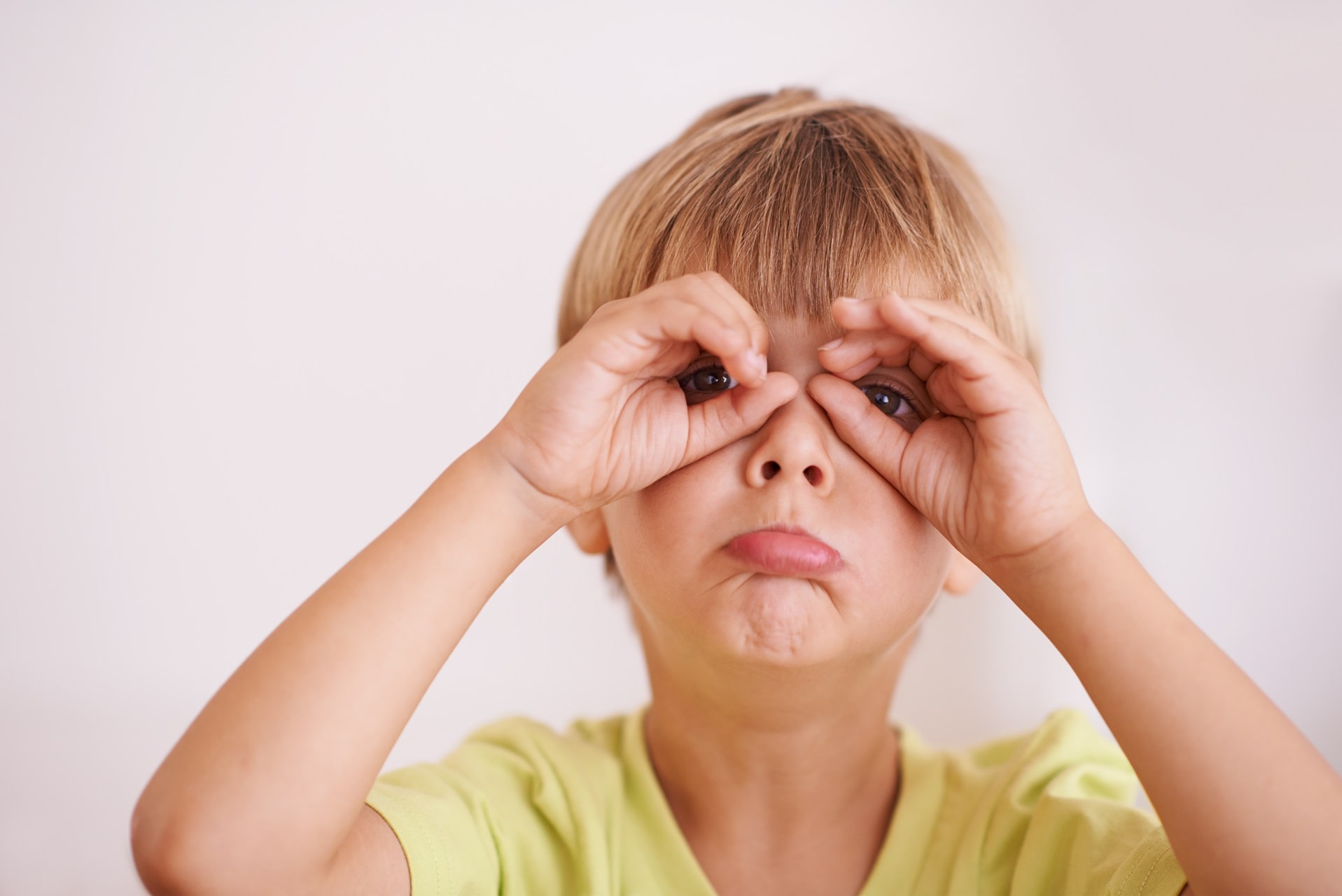Lazy eye, defined as amblyopia, means dull eye. There is no structural defect in the eyes of those with lazy eye. But there is a decrease in visual acuity. It is seen in a part of the society. Lazy eye can be treated, but it can cause vision loss as it is a generally unrecognized condition. Lazy eye occurs due to the lack of use of the optic nerve. For this condition to disappear, the nerves need to be stimulated. Lazy eye begins in infancy. The most common symptom of this disease is frequent blinking. However, the diagnosis is made by a physician through a clinical examination and the earlier treatment is started, the better the chances of a positive outcome.
What are the Causes of Lazy Eye?
Lazy eye is an eye condition that causes a decrease in visual acuity on one or both sides, despite the absence of any abnormalities in the eye or brain. The causes of lazy eye are usually as follows:
- Strabismus: If there is strabismus or slippage in the eyes, this may be the main cause of lazy eye.
- Difference in eye numbers: When myopia, hyperopia or astigmatism is much higher in one eye than in the other, it leads to lazy eye.
- Eyelid ptosis: This congenital or acquired condition occurs when the eyelid covers the colored part of the eye by one millimeter or more. This condition, which affects the person's vision, leads to lazy eye over time.
- Cataract: Cataracts, which cause clouding of the eye tissue, can be congenital. Some of the eye muscles become inactive in the presence of cataract, which greatly accelerates the formation of lazy eye. This condition, which leads to very early and severe lazy eye, should be treated surgically as soon as possible.

Although families may notice droopy eyelids and strabismus, they may not be aware of diseases that cause lazy eye, such as cataracts, which cannot be seen from the outside. In children who are not routinely brought for eye examinations, the late recognition of these diseases, which have an important share in the formation of lazy eye, may lead to a delay in the response to treatment.
Symptoms of lazy eye
When left untreated, lazy eye can lead to a rapid decline in visual acuity, loss of vision in both eyes, difficulties in perceiving depth and loss of vision in the healthy eye. If the following symptoms are present, it is very important to see a physician immediately:
- Frequent blinking,
- The desire to close one eye, to close one eye by hand,
- Rubbing or squinting the eyes,
- Difficulty doing tasks that require eye and hand coordination, such as holding a spoon or buttoning a button,
- Turning the head to one side while looking at the object of focus,
- Avoid looking too close,
- Distraction and brooding








